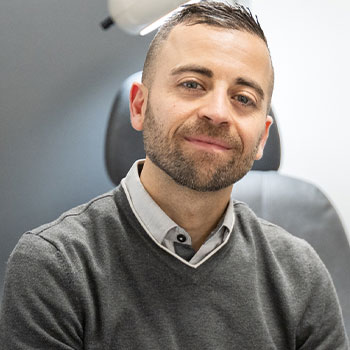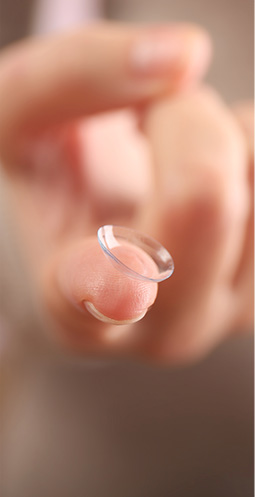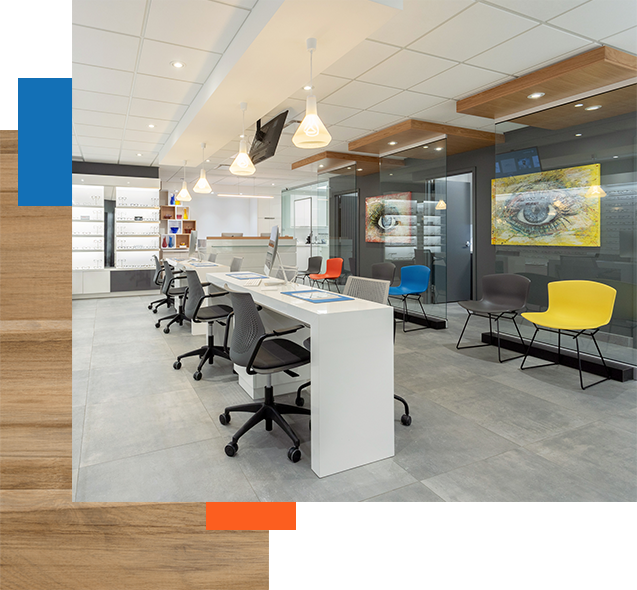Similar to how high blood pressure affects various areas of our body, particularly heart health, high eye pressure also causes disharmony in our eyes, increasing the risk of various complications.
Poor or excess fluid drainage, eye injuries, certain medications, family history, and thin or rigid corneas are all potential causes of elevated eye pressure, which increases the risk of developing glaucoma.
Fortunately, we can reduce eye pressure using several strategies:
- Prescription eye drops or oral medications
- Laser treatments
- Surgical options
- Lifestyle changes (balanced diet, regular exercise, and reducing caffeine intake)
- Routine eye exams
Understanding High Eye Pressure
High or elevated eye pressure, also known as ocular hypertension, occurs when the fluid pressure inside your eye (also called intraocular pressure or IOP) is higher than its normal range.
While normal eye pressure typically falls between 10 to 20 mmHg (millimeters of mercury), readings above this range are typically considered high.
The pressure inside the eye increases when the aqueous humor, a clear fluid between the cornea and the iris, doesn’t drain properly, resulting in buildup. The aqueous humor’s primary role is to nourish the eye’s lens and cornea by supplying nutrients and removing metabolic waste.
Normally, fluid inside the eye moves through a mesh-like drainage system known as the trabecular meshwork. If this system is blocked or doesn’t function properly, fluid production and drainage imbalance can lead to increased intraocular pressure.
Fluid buildup is one of the reasons why we see increased intraocular pressure. Other factors also include:
- Eye injuries: An injury to the eye can disrupt fluid regulation and raise IOP.
- Certain medications: Using corticosteroid eye drops or medications for extended periods can elevate eye pressure.
- Family history: Genetics can increase the likelihood of developing ocular hypertension.
- Thin or rigid corneas: Structural differences in the cornea can influence IOP measurements and overall eye health.
Ocular hypertension is a tricky ocular concern, as it often presents no noticeable symptoms until the damage is done. This highlights the importance of routine eye exams.
Regular eye checkups are key to preventative eye care, as they help your optometrist detect potential concerns early, allowing for timely intervention. Since recognizing symptoms of high eye pressure can be challenging, most visits to your optometrist will include assessing these values.
Tonometry tests are used to measure eye pressure. They may be conducted during routine eye exams, certain follow-up appointments, diabetic eye exams, and following certain eye emergencies.
Tonometry can assess eye pressure in several ways:
- Applanation tonometry: A small probe gently flattens the cornea to measure IOP.
- Non-contact tonometry: Also known as the “puff of air” test and one of the most common ways to evaluate eye pressure. A puff of air is directed at the eye to measure IOP.
- iCare tonometry: A handheld device that measures eye pressure quickly and effectively.
High Eye Pressure & Glaucoma
Elevated eye pressure may not sound serious at first, but it’s a major concern, as it increases the risk of developing glaucoma, a leading cause of vision loss.
We often refer to glaucoma as the “silent thief of sight” as this condition progresses slowly, with no noticeable symptoms until the condition advances and causes permanent eye damage.
With glaucoma, high IOP may damage the optic nerve, which transmits visual information from the eye to the brain. As the optic nerve deteriorates, it can result in peripheral vision loss and lead to complete vision loss if the condition remains unmanaged.
The risk of open angle glaucoma increases as the IOP remains elevated and this can lead to eventual visual loss, typically starting in the periphery and can progress to more advanced vision loss
There is another type of glaucoma, known as closed angle glaucoma or acute angle closure glaucoma. In this condition, the intraocular pressure increases very quickly and the pressure is usually much higher than in open angle glaucoma. Some of the common symptoms of this variation of glaucoma may include:
- Red eyes
- Eye discomfort or pain
- Blurry vision
- Seeing halos around lights
- Headaches
It’s important to recognize that not everyone with elevated eye pressure will develop glaucoma. Rather, the risk of developing glaucoma increases significantly if ocular pressure remains unmanaged.
Maintaining Normal Eye Pressure
Fortunately, high eye pressure can be managed and reduced through a combination of lifestyle modifications, medications, and, in some cases, surgical interventions.
Your optometrist will work with you to monitor changes in eye pressure and evaluate the health of your eyes to find a solution tailored to your needs.
- Medications: Prescription eye drops are commonly used to decrease IOP by either reducing the production of aqueous humor or improving its drainage. In some cases, oral medications can also be prescribed.
- Laser treatments: Laser therapy, such as selective laser trabeculoplasty (SLT), can help improve the drainage of aqueous humor and lower eye pressure in some patients, making it a valuable non-invasive treatment option.
- Surgical options: For those whose eye pressure doesn’t respond well to medications or laser treatments, surgical procedures like trabeculectomy or the insertion of drainage devices may be required to facilitate better fluid outflow from the eye.
- Lifestyle changes: Maintaining a balanced diet rich in vitamins and minerals and regular physical activity helps promote overall eye health. Your optometrist may recommend avoiding certain activities that can increase eye pressure like certain yoga poses or heavy lifting. Plus, new research suggests that caffeine overconsumption may contribute to high IOP.
- Regular monitoring: Routine eye exams are beneficial for everyone, especially those with high eye pressure. Regular visits help monitor changes and adjust treatment strategies accordingly. Early detection and continuous management are key to preventing advanced complications.
Regular monitoring and staying consistent with these treatments and lifestyle changes help manage eye pressure and maintain good ocular health by preventing optic nerve damage, lowering the risk of glaucoma, and reducing the likelihood of partial or complete vision loss.
Schedule a Visit
Understanding what causes high eye pressure and taking steps to manage it effectively can reduce the risk of long-term vision complications.
Visiting your optometrist for routine eye exams plays a key role in monitoring eye pressure, as elevated levels may not always display immediate symptoms.
Connect with our team at Stoney Creek Eye Care to request an appointment for your routine eye exam.









